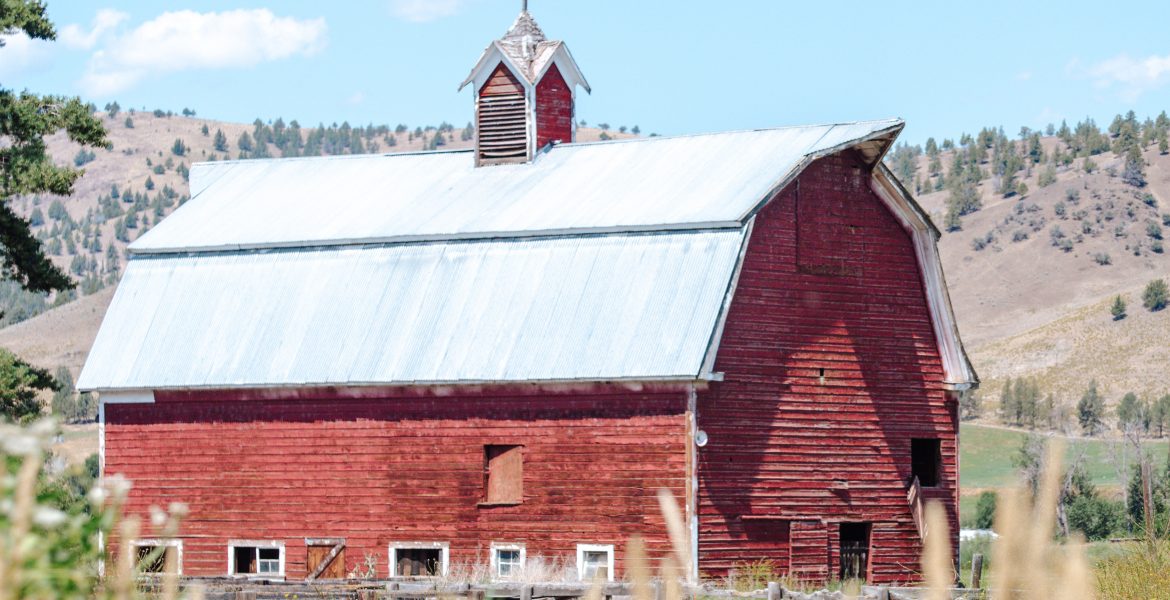
Best Stock Photo Sites for Photographers: Rural Landscapes
Free Stock PhotosContents of this Post
The Best Stock Photo Sites for Photographers: Free Stock Photos for Photographers, Bloggers, and Designers
Mod Fam Global offers a massive collection of free stock photos on one of the best stock photo sites for photographers. Select the button below any image below to view a free, downloadable stock image for free use on your website, blog, print or digital media, or other project.
Copyright and Credit: Rural Landscapes
How to Credit
All rural landscape images are property of Mod Fam Global LLC and offered for private and commercial use, free of charge. Please credit Mod Fam Global, LLC, https://modfam.global/ for any public, online, or print materials using our images.
Send us a Note
If you use any of our free rural landscape stock images for online or commercial use, please send us a note and let us know how you used the photos. We love to see how our photography is being used, and we appreciate photo credit and links back to our site.
Photography Tutorial: How to Photograph Rural Landscapes
Location, Location, Location
Cities and urban landscapes take up a lot of space online. But rural spaces vastly outsize and outnumber urban centers worldwide. In the U.S., for example, 97% of the country is considered “rural,” yet less than 20% of the population lives in the rural U.S. So while it may appear that cities and urban spaces predominate, there’s a whole lot of land and rural space out there, just waiting to be explored.
Getting the Best Rural Landscape Photos – Ask Before You Shoot
The secret to great rural landscape photos is, well, great rural landscapes! Part of the fun of photographing rustic, rural scenes is getting out there and finding subject matter. From old wooden barns to broad sweeping landscapes, rural communities have it all. If you go exploring, though, be respectful and ask before venturing on to private land. This is especially important if you are taking photographs of private property, structures, other buildings, or livestock. No matter what you’re planning to do (hike, hunt, fish, or photograph), ask first before recreating on private land.
Manual Settings – Balancing Aperture and Shutter Speed
D-SLRs do a great job averaging the light in the frame and balancing highlights, shadows, and the overall light exposed. But sometimes that will create an overly washed out image if you’d rather see more detail in the highlights, for example. Or, if you’re trying to whiten out the background and focus on details in the shadows, auto settings won’t help a whole lot. I always shoot manually, because I want to control the final image, based on the light conditions and details I’m trying to emphasize.
Manual Settings – Recommended Aperture and Shutter Speed
I recommend starting with a medium aperture, your f-stop or opening of the lens. F9, for instance, will give you a medium depth of field and a medium amount of light based on the aperture opening. From there, try several different shutter speeds (1/250 or 1/640 in full, bright light) until you start to create the image you want. Your ISO setting will affect this, as well, and you’ll need to adjust the shutter speed up or down based on light conditions. But once you get the feel for adjusting these settings and how they interact, you’ll never go back to auto settings again!
Photography Pro Tip – Focus on the Detail
When people think of “rural landscapes,” they often think of wide angle, sweeping panoramas and breathtaking shots of the Grand Canyon or distant mountain peaks. But it’s just as important to capture close-up detail that reflects the surrounding vistas. I use a variety of lenses to photograph rural landscapes, from a 10-20mm wide angle to a 200-600mm telephoto lens and many others. The key to any subject matter is to think of it from different angles, dimensions, and perspectives. That’s why I’ll photograph a mountain range with a wide angle and then use a telephoto to focus in on some detail of a snowy peak or rocky canyon. Variety is key, and it will give you a range of images that reflect all the textures and perspectives of rural landscapes.
Photography Pro Tip – Polarizing Filters
Other than D-SLR camera bodies and lenses, a quality polarizing filter is the one essential piece of camera equipment you MUST have for rural landscapes. A polarizing filter, when rotated on the lens, cuts through polarized light in the sky or on non-metal reflective surfaces. This turns the sky dark blue and cuts through the reflection in water and glass. There may be times when you want a striking reflection in glass or on the water. You can rotate your polarizing filter to maximize that effect, as well. There are a lot of filters to choose from, including UV and other useful filters. But a polarizing filter is one of my favorite tools, and I use it often for gorgeous rural landscapes.



















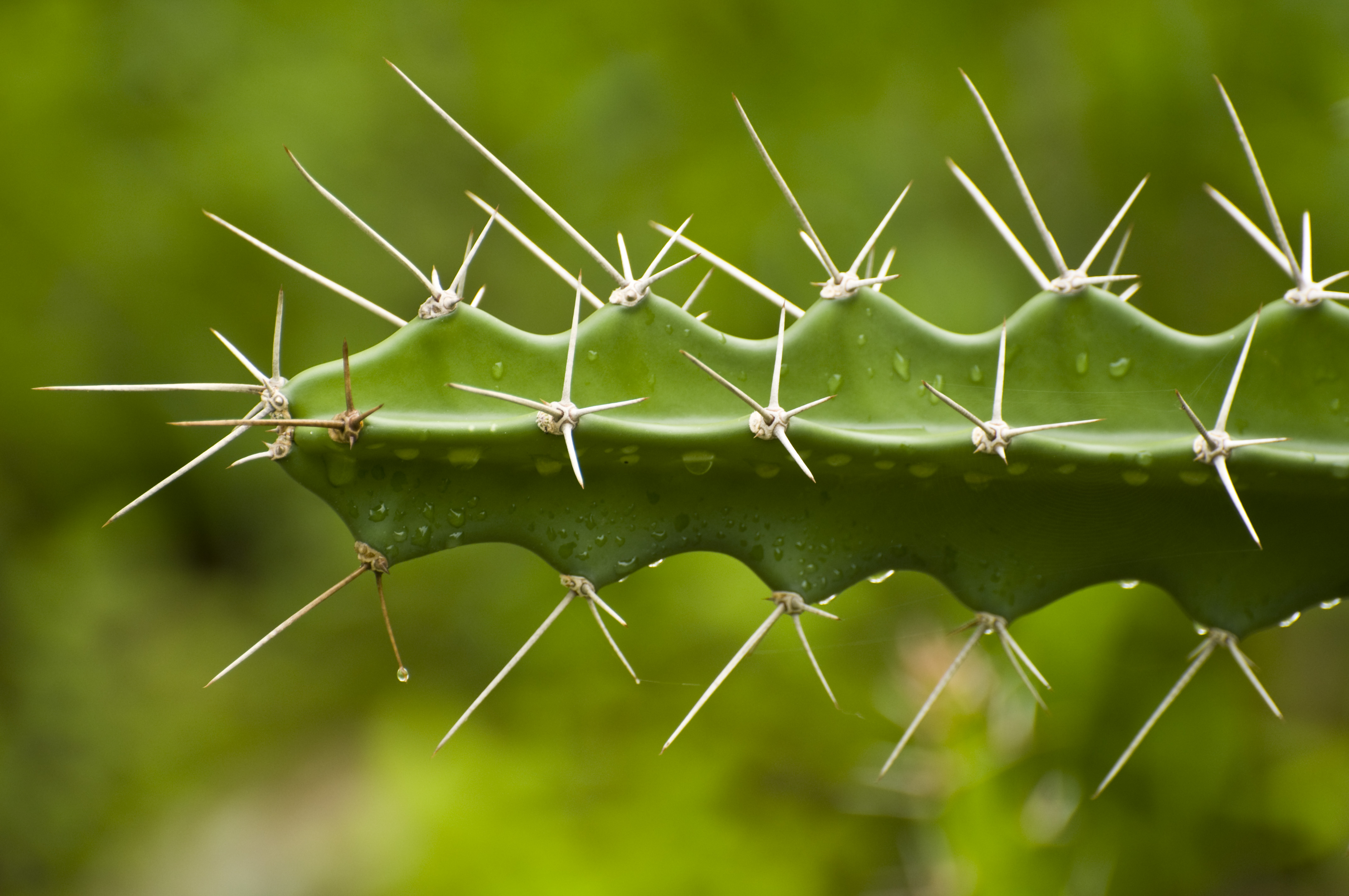

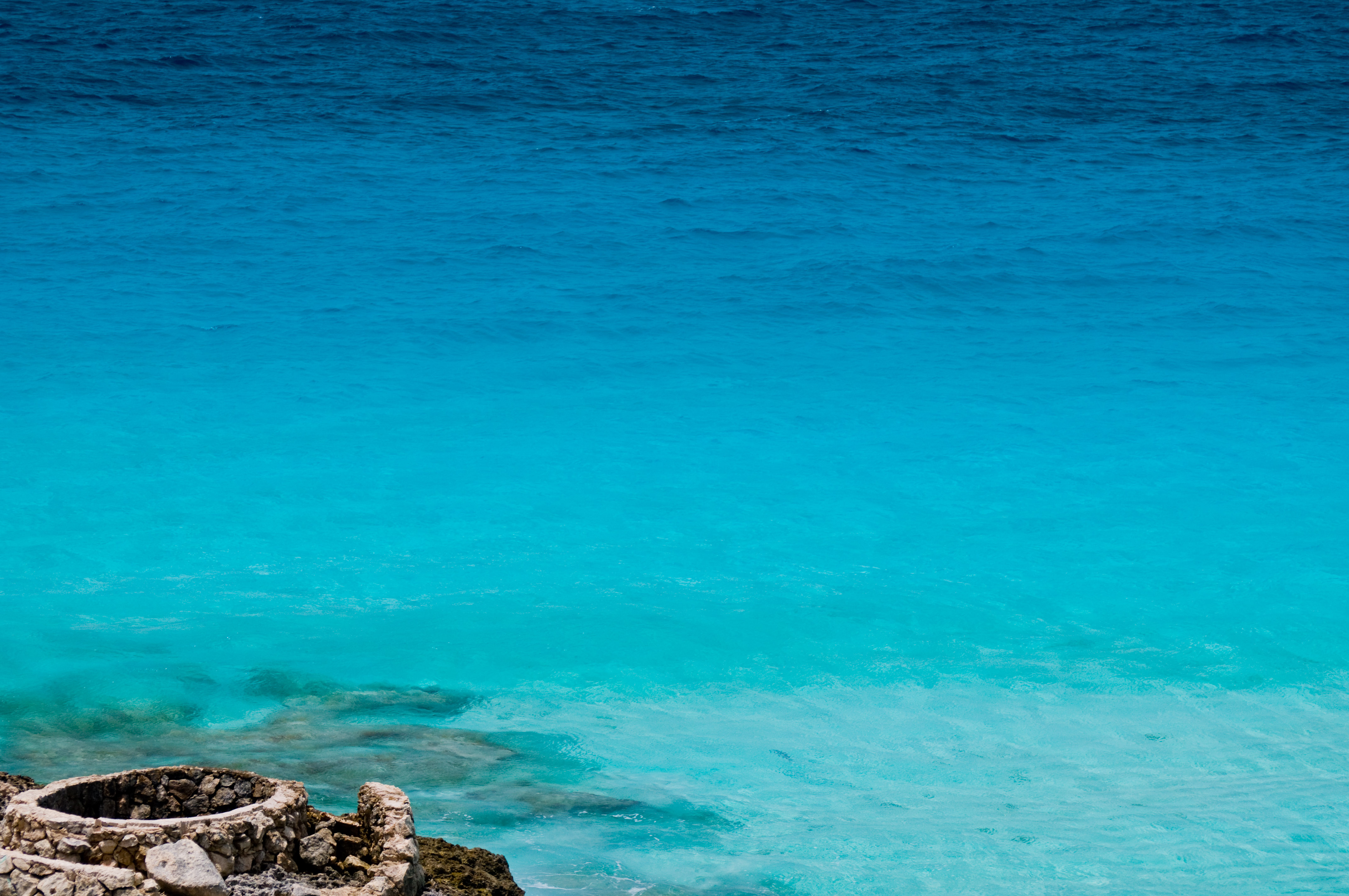
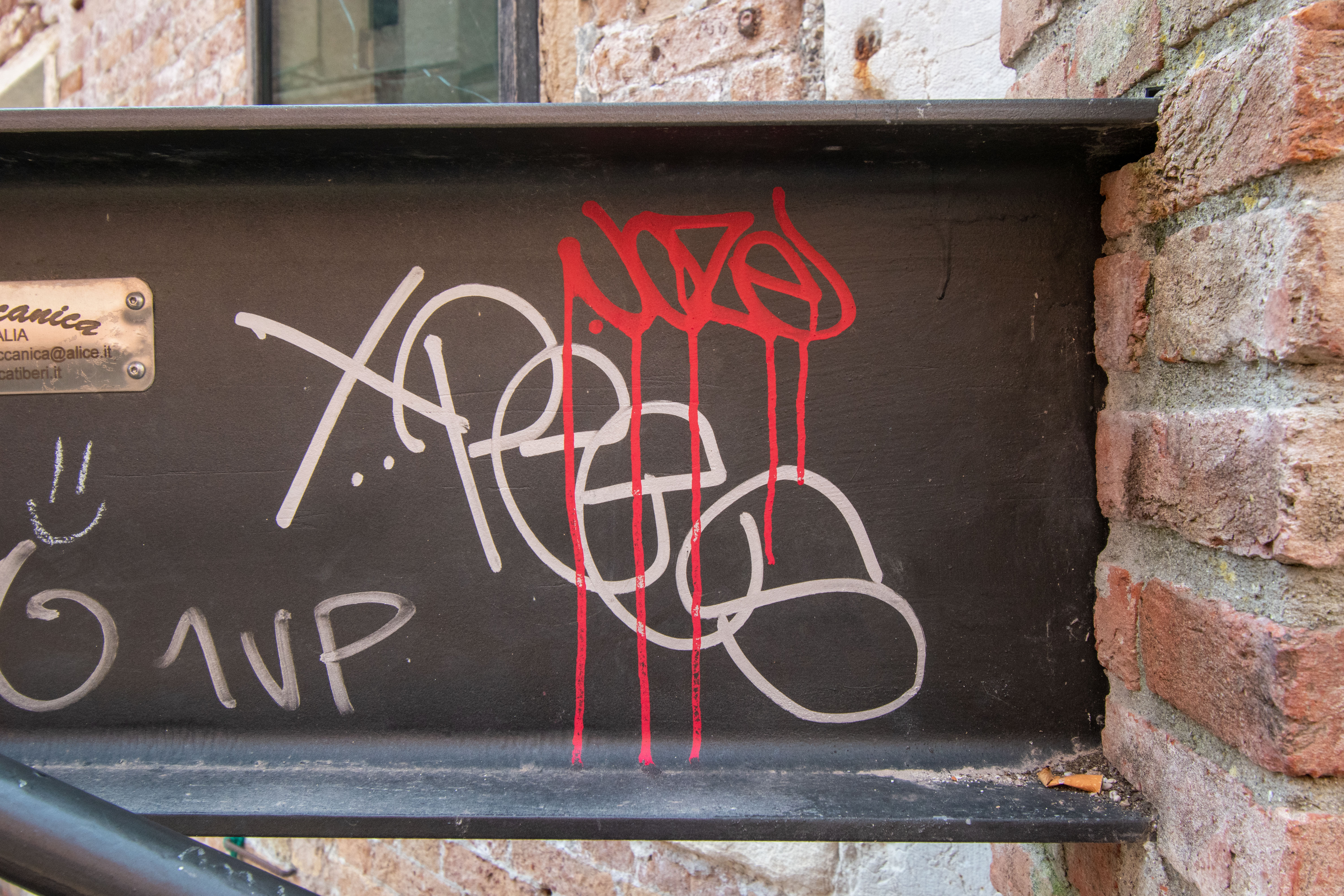
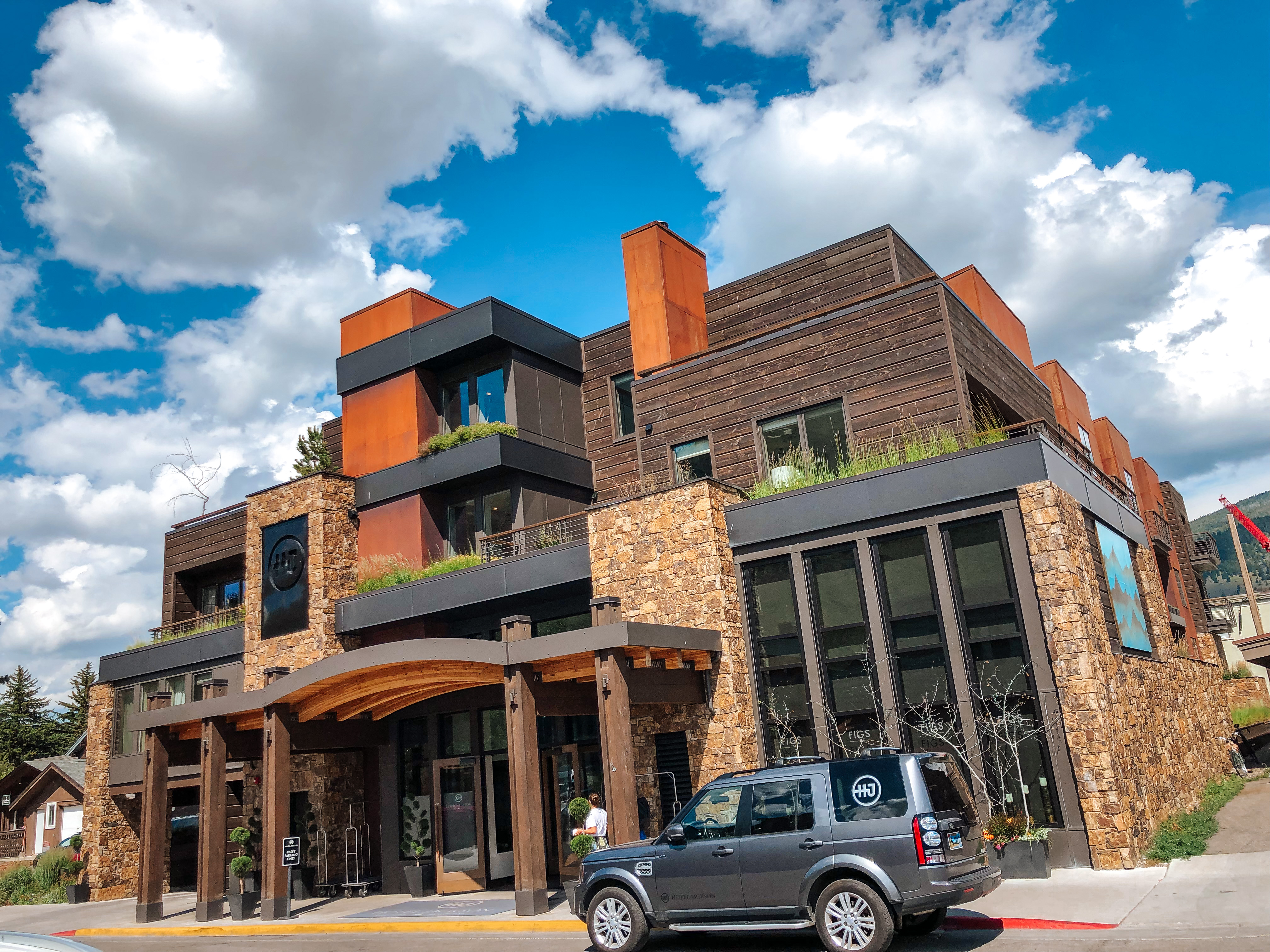
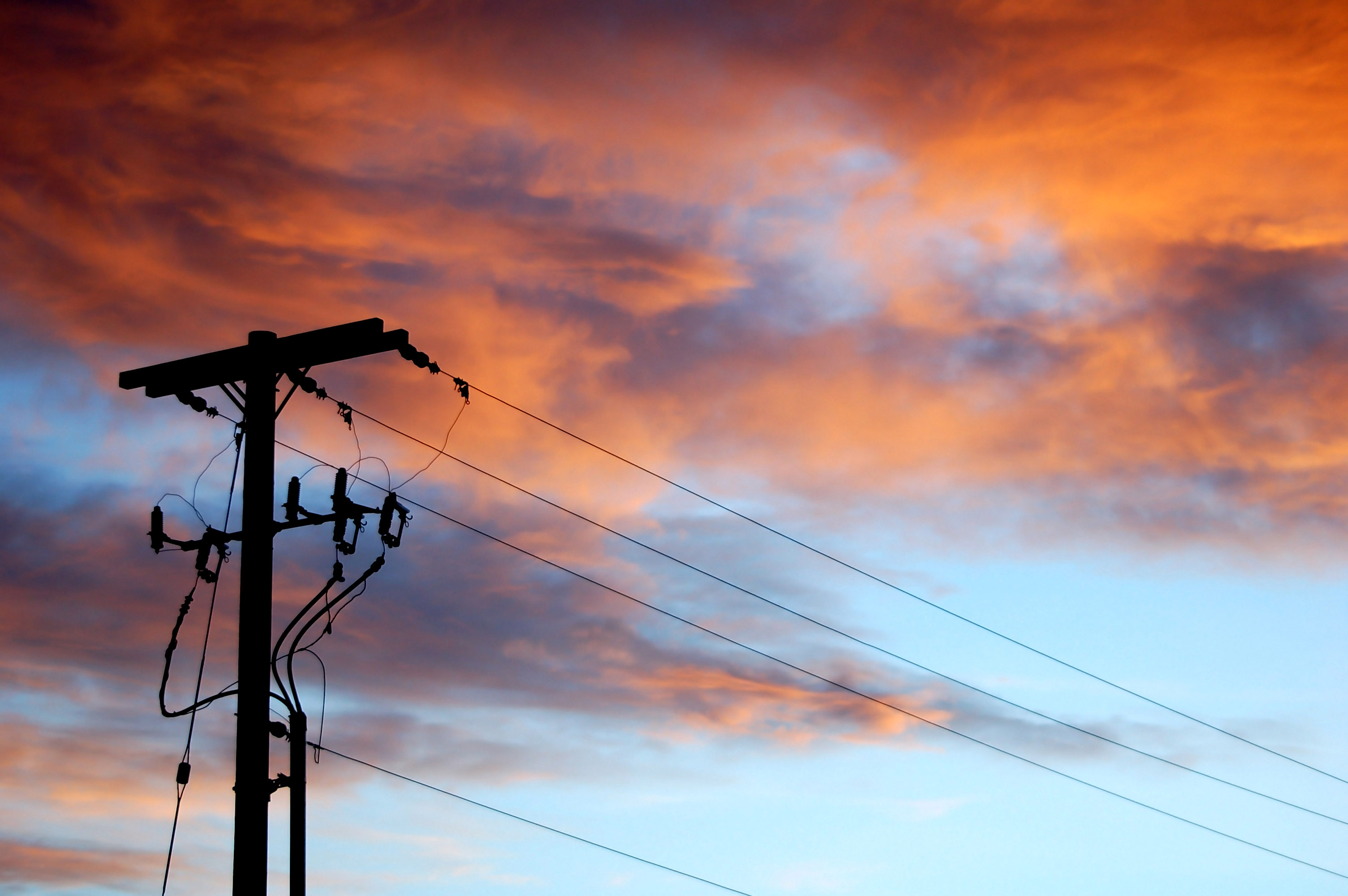
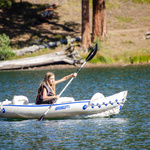
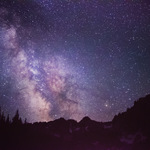
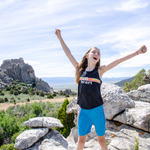
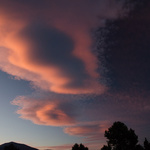
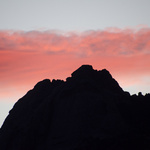
[…] Rural Landscapes […]
[…] Rural Landscapes […]
[…] Rural Landscapes […]
[…] Rural Landscapes […]